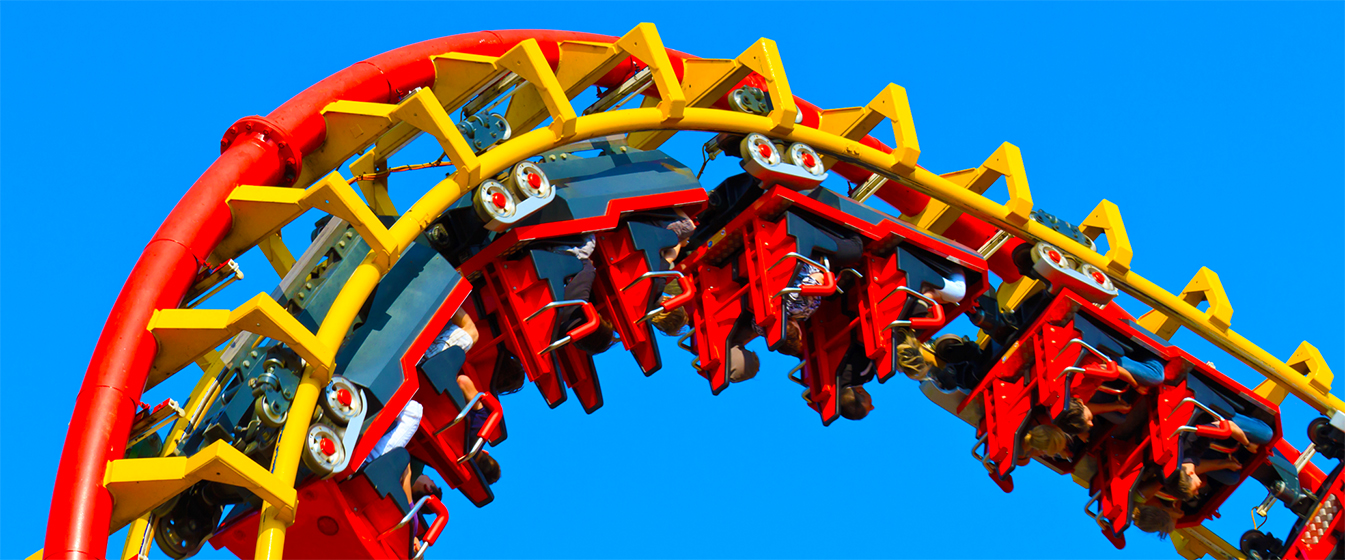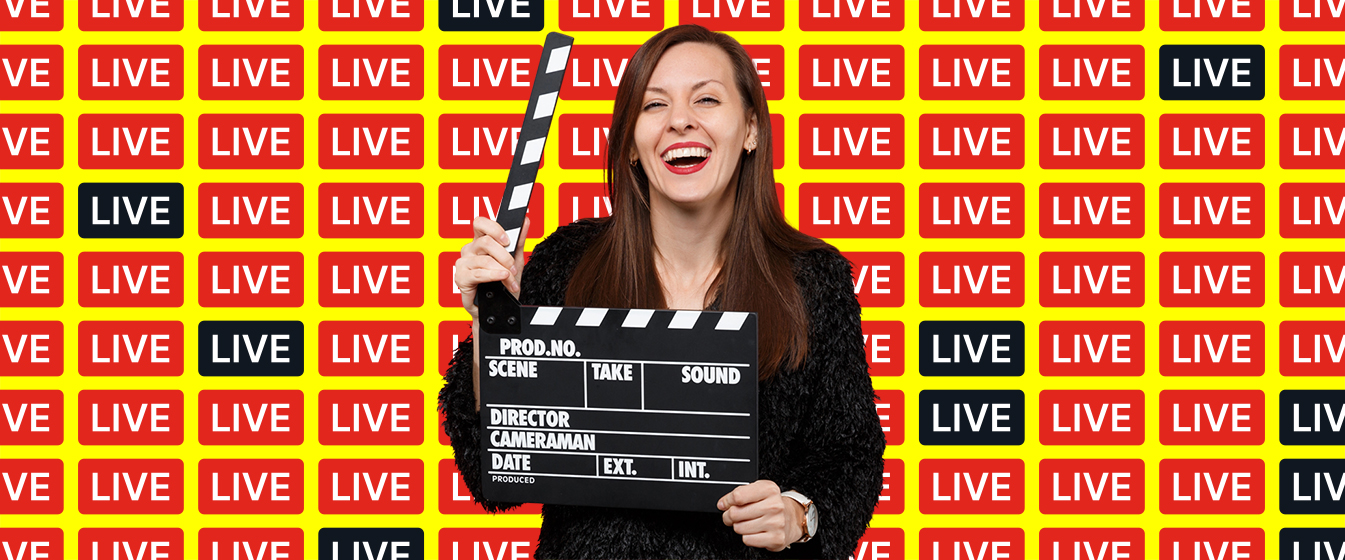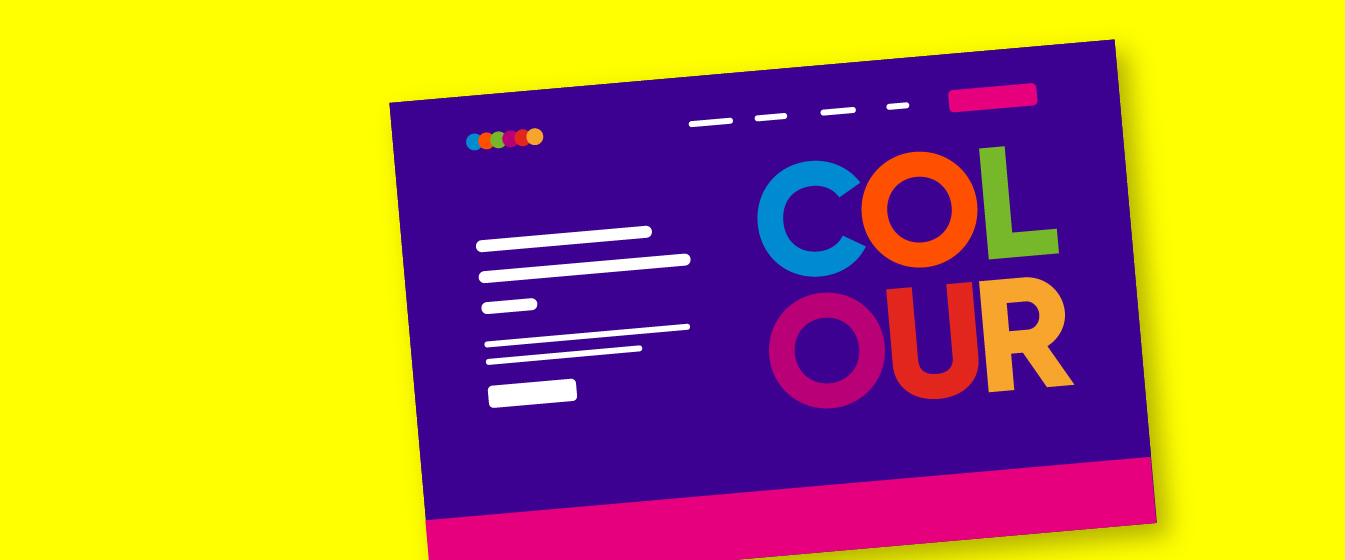Blog: Event marketing
How the peak-end rule defines attendees’ experiences at your events, and how to hack it.
17 March 2022 minute read

If you want to create event experiences that attendees remember for all the right reasons, you could do a lot worse than familiarise yourself with something called the peak-end rule. Now before we go any further, I think it only fair to tell you that in the course of this article we will we be discussing the work of a Nobel Laureate in Economics and, er … colonoscopy. I know. But stay with me, this is fantastically useful stuff.
How many of our purchasing decisions are influenced by the past? Think about how you pick a restaurant. You recall your previous visits: the taste of the food, the ambiance, the friendliness of the waiter, the pain of the bill.
Strictly speaking though, it’s not the past that shapes our future behaviour but our memory of the past. Big difference.
This is because the human brain doesn’t operate like a video recorder, faithfully logging what happens to us. We simply don’t have the capacity to remember each moment.
Instead, we capture a tiny fraction of what happens to us. And we tend to remember the final moments of an experience and the most (or least) enjoyable parts. Psychologists call this the peak-end rule.
The peak–end rule is grounded in research conducted by Daniel Kahneman and Barbara Frederickson. Kahneman would go on to win the Nobel Prize in Economics in 2002, despite being a psychologist and having, in his own words, ‘never taken a single economics course.’ Anyway, their ground-breaking 1993 study found that the human brain does not evaluate experiences holistically, but rather based on our recollection of the peak and the end of the experience.
Brace yourself. It’s colonoscopy time.
If you’re unfamiliar with the colonoscopy, it’s a medical procedure that involves a doctor inserting a flexible camera into a patient’s bottom to look for signs of disease. It’s evidently an unpleasant experience and pain levels vary according to how much the camera is moving.
Now, Kahneman himself does a much better job of explaining the full study and its implications in his TEDTalk, but very briefly, a set of colonoscopy patients were randomly divided into two groups. The first group underwent the regular painful procedure for the standard amount of time, while the second group had the scope left in for an extra three minutes. During these last minutes, the scope remained unmoved, which caused a sensation of mild discomfort, but not pain.
Counterintuitively, Kahneman found that the second group rated their longer procedure as less unpleasant than the group with the shorter but consistently painful procedure. Not only that, but the subjects in the second group were also much more likely to return to the same physician for future procedures since a less painful ending caused a more positive overall impression of the experience.
Kahneman’s great discovery is that the brain processes memory through two separate and conflicting ‘selves’: 1) the ‘experience self’ and; 2) the ‘remembering self’. While the ‘experience self’ processes the present and has a clearer notion of what actually happens, the ‘remembering self’ is the storyteller that decides which memories from our experiences we’ll get to keep.
So, thinking about event design, if we apply Kahneman’s research to our attendees’ experiences, while we can’t exactly choose which part of an event our participants will consciously remember, we can purposefully ‘hack’ memory by creating experiences that (by design) peak and end positively.
Hack the peak
What the peak looks like depends hugely on your crowd, the objective of your event, duration, budget etc. And as a general principle, you want every speaker, every session, every banana muffin to be enjoyable.

But here are some highlights my weary jaded brain still holds from meetings years ago:
- The trade show in summer where they had traditional old-school ice cream vans inside the exhibit hall dispensing free Mr. Softee and ice lollies.
- The event in Berlin with the beautiful espresso van that made your coffee to order during the breaks.
- The time in Montreal when I rocked up and a crowd of people working on the conference greeted me – all of them smiling, cheering and high-fiving attendees as we walked in.
- The party on an aircraft carrier in San Diego where you could almost imagine you were Steven Segal in Under Siege.
- The meeting in Paris where the Gala Dinner was in the Palace of Versailles.
- The Oscars-themed welcome reception in LA where they’d booked a Joan Rivers impersonator to ‘interview’ (gently humiliate) guests as they arrived (she took one look at me and screamed ‘oh my GOD! It’s Harry Potter’) – I’m at peace with it now.
We don’t always have the budget for Versailles or an aircraft carrier – but we don’t always need it either.
Memorable can be street-food. It just has to be charming. It has to be local, not generic. It has to make your guest think: ‘that was cool. I wouldn’t normally have done that’ or I’ll probably never get the chance to do that again.’
Hack the end
I’ve been to hundreds of business events and most closing sessions have a slightly anticlimactic, if not actually sad, quality to them.
You can fix that.
Save a really great, high-profile speaker or panel until last. Not just someone with good name recognition, but someone who’ll be genuinely inspiring / funny. 90% of the agendas I see have all the star talent crammed into the opening session. Where they cancel each other out.
Have a closing drinks party – with proper drinks that people actually like.
Send people away with a parting gift. If you’re doing goodie bags, don’t give them out when people arrive, give them out at the END!
Get your whole team standing by the exit doors and personally thanking every guest as they leave – with big warm, grateful smiles on their faces. There’ll be time to pack stuff up and talk about how tired you are after they’ve left.
The ending of most events is damp squib. Aim for more of grand finale.
How does all this give you an edge?
Techniques like these might be really simple. But ask yourself, how many event planners and brands actually apply this thinking? You’ll find that most spread their efforts thinly, attempting to make marginal improvements to every aspect of the attendee experience. But it damns them to mediocrity. It’s just prohibitively expensive to improve everything about your event.
So if you want your events to be memorable, start by understanding how ‘memorable’ gets decided in the human brain and play the percentages using the peak-end rule.
Still not convinced? How much do you want to bet that if I called you a month from now the first thing you’d be able to recall from this article would either be ‘Mr Softee’ or ‘colonoscopy’?




